Can Universities Build Community? A Conference Explores Possible Paths
NonProfit Quarterly
DECEMBER 18, 2024
Zirkel on wikimedia Can universities be effective community builders? Observers going back to the early 20th-century US philosopher John Dewey have also contended that universities play an essential role in creating a democratic citizenry. Since most universities are nonprofit or publicly owned, by law, they must be community-serving.

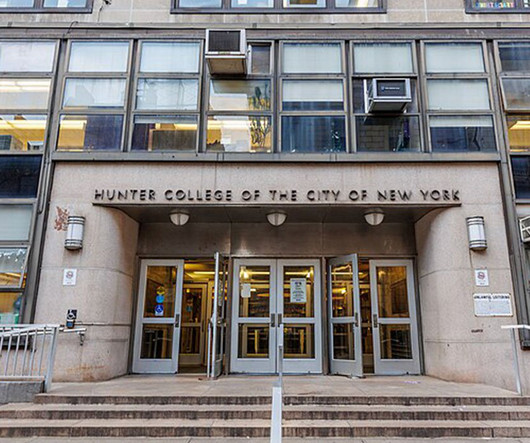







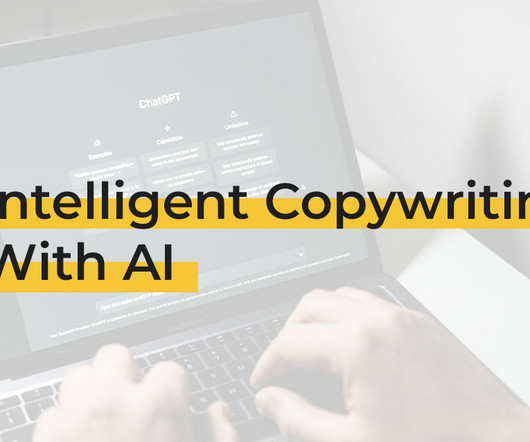
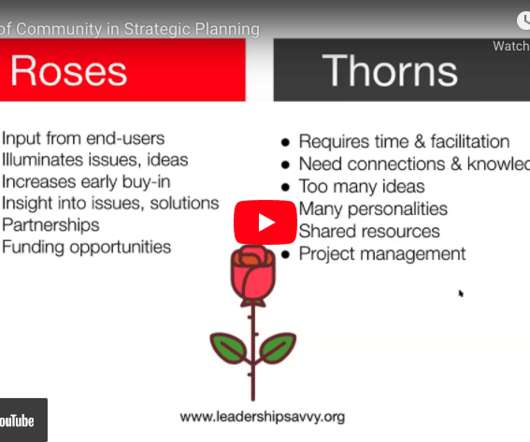


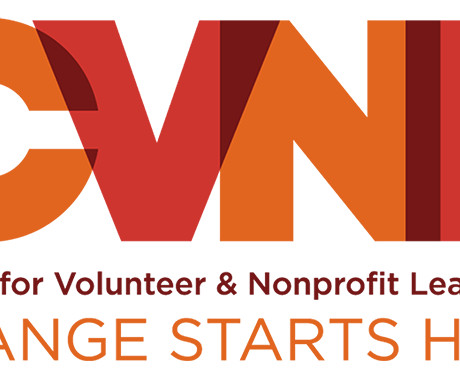
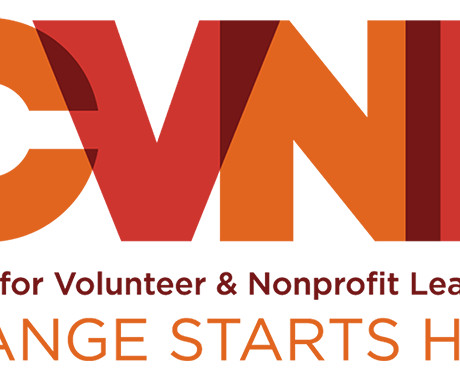






Let's personalize your content